Orkney’s winter can bring days of relentless, bullying wind that snatches and shoves at you, rain that drums at the windows, darkness by mid-afternoon.
But last Saturday was one of those luminous calm days that come like a sudden gift, when wide sheets of celestial blue gleam from the waterlogged fields. The loch by our house was a shimmering bowl of light and the air crystalline, almost effervescent. The water flowing out of the loch and gathering at the mouth of the burn was a sheet of silk dimpled by unseen currents and the occasional twitch of a minnow.
And yet this quiet loveliness felt incongruous, stubbornly persistent in the face of all the violence, mendacity and injustice erupting into the world and spewing out suffering and ugliness. I listened to the distant calls of geese rolling across the still water and felt like I shouldn’t enjoy this peace, this beauty, too much, that I should really be reading the news, voicing an opinion, taking a stand, denouncing or pronouncing, and that silence on these matters is complicity, any joy a betrayal of all those who are suffering and dying.
So I was grateful to
for his timely reminder to “Take the moments of joy where you find them.“Don’t let your sense of privilege or your awareness of the coexisting horrors cancel them out. It doesn’t work like that.”
Beauty can be understood as a door into the realm of the sacred, a glimpse of the divine. But even if our worldview is secular, beauty still opens us up. By calling us to our senses, the beautiful thing roots us in our body and in our specific place and moment within it. And yet it also acts like a kind of centrifuge, pulling us to follow our outward flying attention into the world. As the mystic and philosopher Simone Weil put it, “we give up our imaginary position at the centre”. Our sense of self is elided, softened, attuned to its small part within the weave of things.
There’s an argument that beauty is a distraction, that it makes us inattentive, indifferent to the suffering of others. Or that it works on us like an anaesthetic, dulling us to the pain in the world. But the philosopher Elaine Scarry makes a case for beauty as ‘fairness’. She explains that the beautiful thing shows us what justice looks like. It acts as a visual reminder of something that’s an invisible ideal. Beauty isn’t apolitical.
The single most enduringly recognized attribute of beauty, the one most steadily singled out over the centuries, has been ‘symmetry’, albeit often leavened by departures and exceptions. Scarry points out that in justice too, symmetry is key. It’s implicit in the ideal of equality, the balance of reciprocity. It’s symbolised by the symmetrical balance of the scales of justice. Fairness is symmetrical. Safety is too. I am only truly safe if you, and the environment we share, are also safe from harm.
Scarry goes further. She doesn’t just say that beauty reminds us of justice by symbolising it. She argues that beauty actually teaches us what justice is, or might be.
“It is the very symmetry of beauty which leads us to, or somehow assists us in discovering the symmetry that eventually comes into place in the realm of justice…..in periods when justice has been taken away, beautiful things…hold steadily visible the manifest good of equality and balance.”
When justice is not present, when it’s an elusive dream, a struggle, an abstract aspiration, the balanced symmetry and cohesiveness of beauty enacts fairness in the world and suggests justice as a possibility.
But even when justice is present, it’s hard to see. Scarry explains:
”If I step out of my front door, I can see four petals of each mother-of-pearl poppy, like small signal flags: two up, two down…I cannot see that around the corner a traffic rule is being followed; I cannot see that over on the other side of town the same traffic rule is being followed. It is not that following of the traffic rule is not material; it is that its justice, which is not in a solitary location but in consistency across all locations and in the resulting absence of injury, is not sensorially visible, as are the blades of the poppy….it is in the very exigencies of materiality, the susceptibility of the world to injury, that require justice, yet justice itself is outside the compass of our sensory powers.”
Justice is an absence of injury to human bodies, to the world’s body. It’s the car crash that didn’t happen, the strip mines that were never opened, the clear felling that didn’t take place, the oil field that wasn’t drilled, the missile that wasn’t fired, the blood that wasn't spilt. The real answer to hatred isn’t violence but justice that alleviates suffering and the hatred that it engenders. Justice is the beauty that has not been destroyed, the beauty that is still here, stubbornly persisting in spite of everything, and the love that rises in us in response to its presence.
Beauty begets more beauty. When we notice something beautiful we want to respond to it, to fall in love with it, record it, to share it with others. Beauty incites us to make art.
As Scarry says:
“Matisse never hoped to save lives. But he repeatedly said that he wanted to make paintings so serenely beautiful that when one came upon them, suddenly all problems would subside.”
And so I will be stubborn too. I’ll persist in noticing beauty, and sharing it.
May you find pockets of beauty too this week. And when you do, please share them.
Sam
If you enjoyed this post you might also like to read this previous one too, on George Orwell’s love of roses, via Rebecca Solnit:
It’s fair to say that these are trying times.
In these circumstances making art, or writing, that is anything other than a direct call to arms can feel a bit…pointless. Why work to create beauty when there seems so much more important and urgent work to do? Shouldn’t all forms of art be enlisted as creative activism to help bring about the changes we want to see?


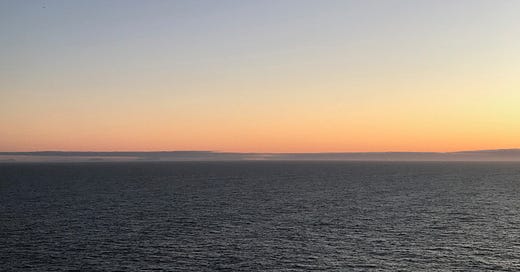


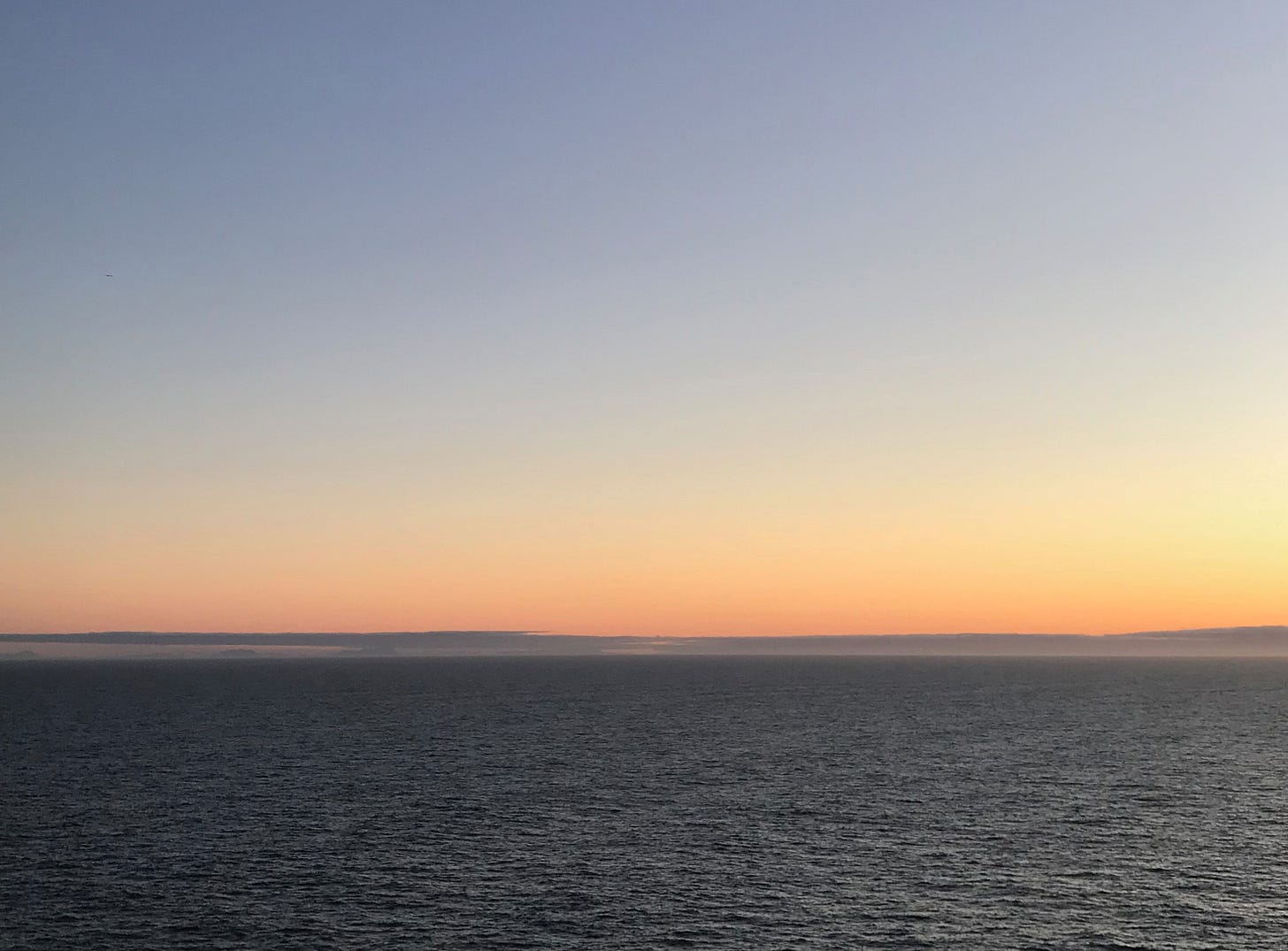
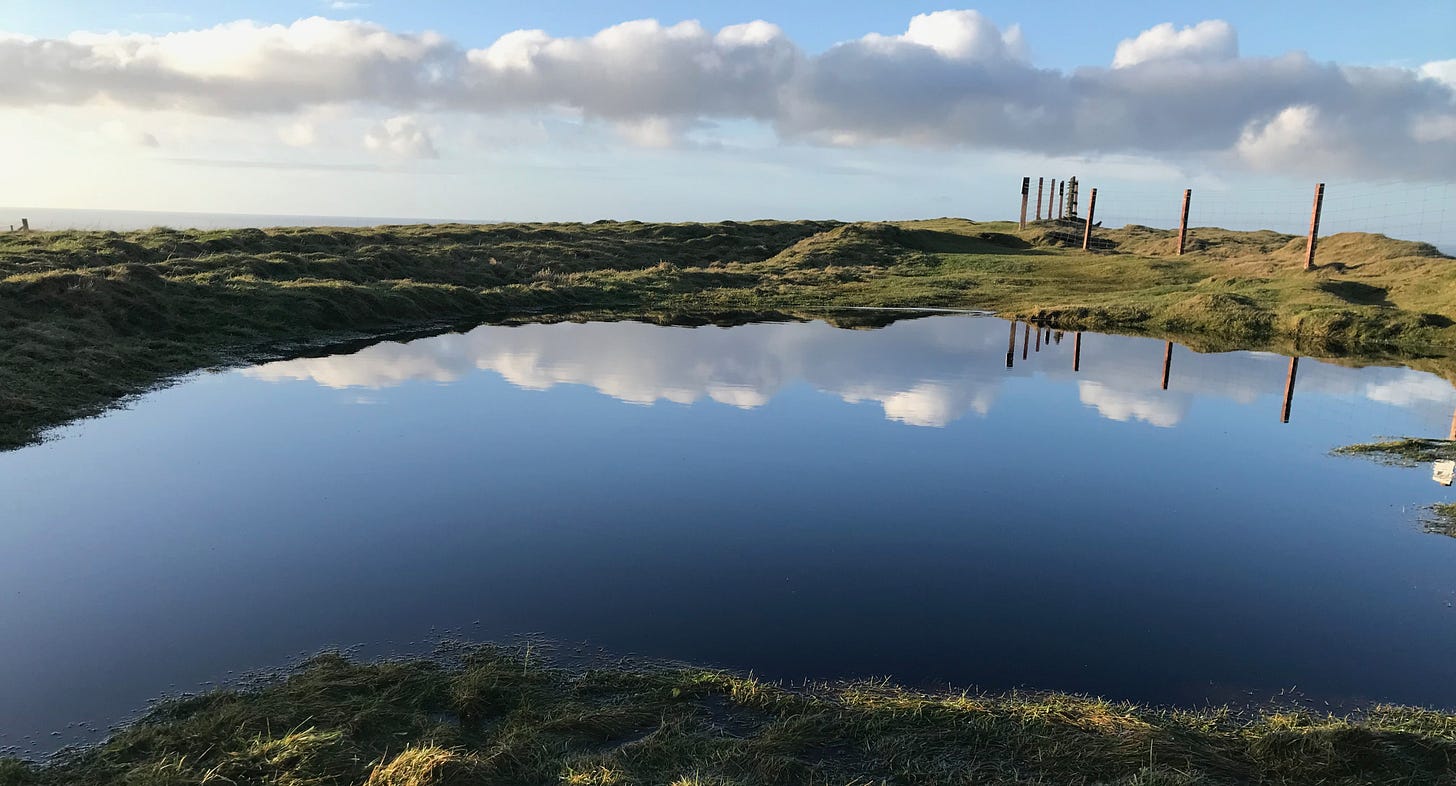

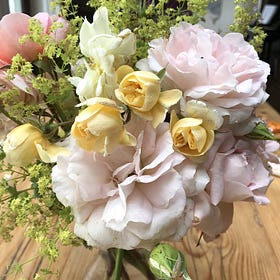
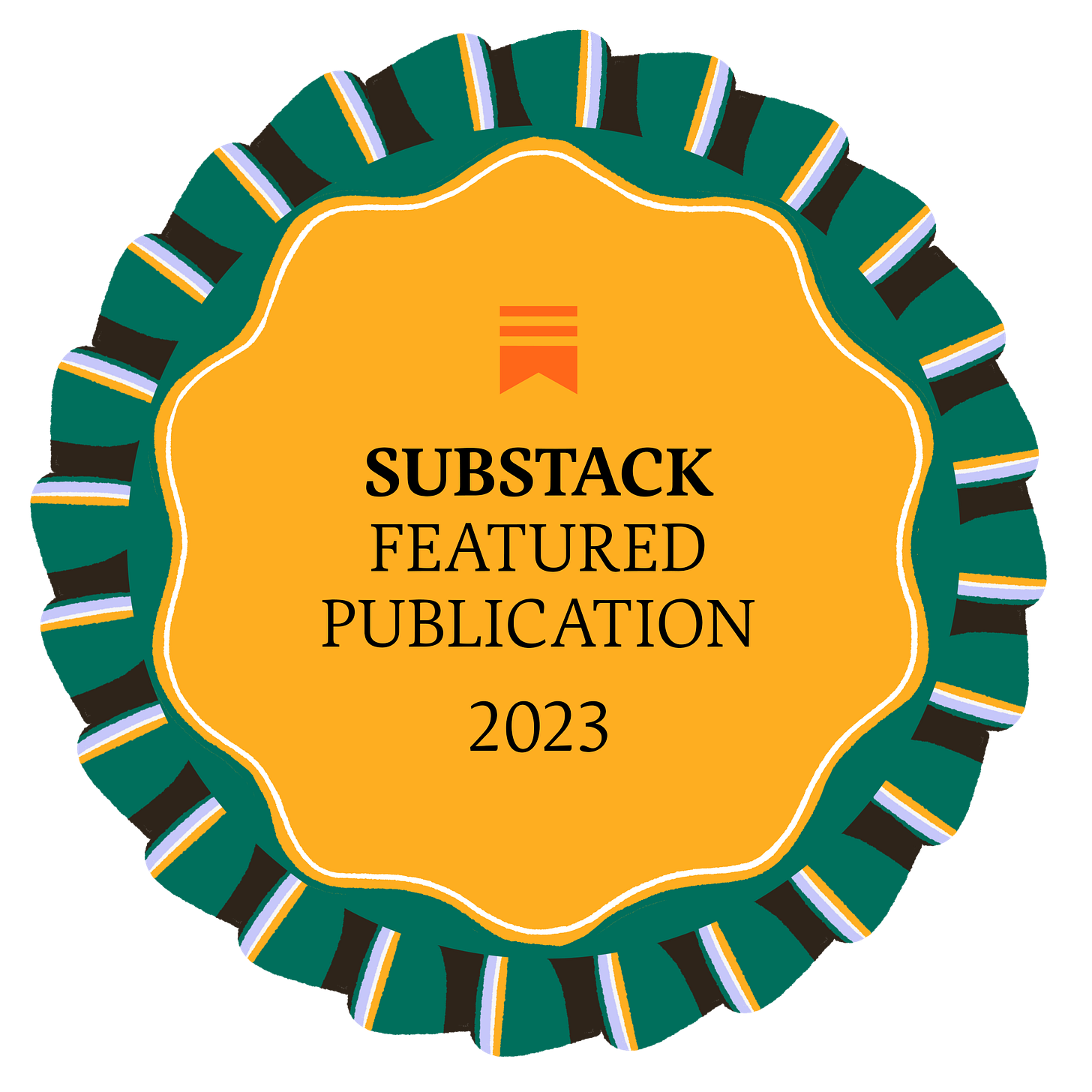
🤍🤍🤍 These words
Lovely treatise Sam. It reminded me of a theory posited by anthropologists, that tells us that religion began when early humans visited places of beauty. It awakened me to know that. And think each of us travel to the distant past every time we look at the sea, or at the forest. So very well written -